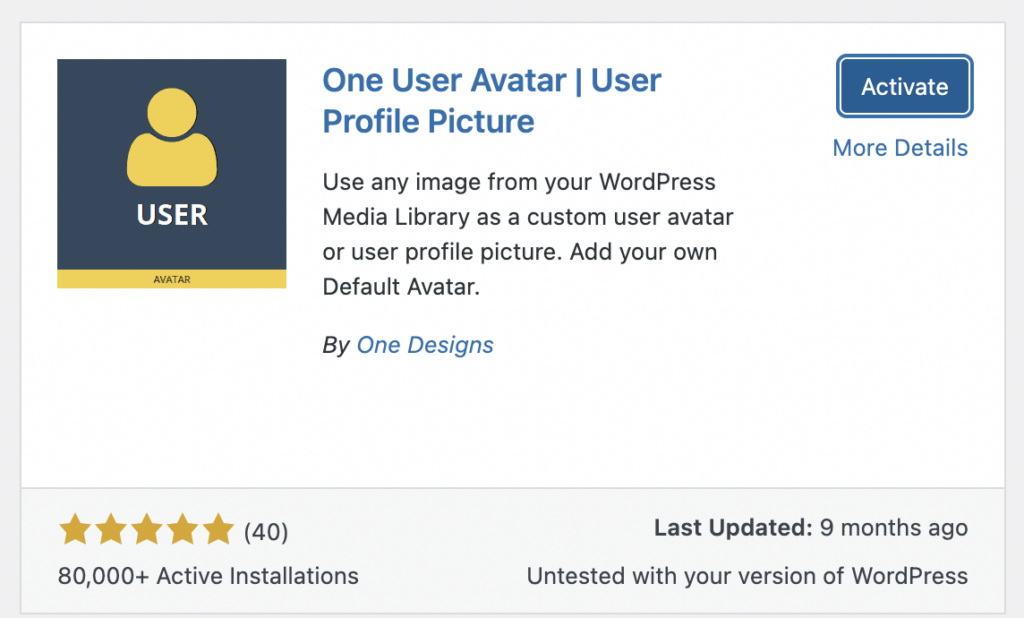We write blogs for clients in order to demonstrate expertise and trust in the topic their business falls under.
This improves their ability to rank on keywords, gain more authority, and answer questions their customers ask. In short – SEO done right.
And the foundation of successful SEO is adherence to E-E-A-T.
This means that every blog we post for clients should demonstrate experience, expertise, authority, and trust.
This article will show you how to write as clients and how to publish blog posts under their name in wordpress.
1.) Choose a topic, event, or video content to repurpose.
The topic or event should be directly related to keywords and ideas we want to demonstrate expertise in.
For example, our clients at Oasis IV Therapy run a mobile IV therapy business and are based in Tampa, FL.
Therefore, the topic of dehydration going into summer and how IV Therapy can help their customers would make sense, since there’s many keywords related to “dehydration IV Therapy” we’d want to rank on.
Notice how the topic is directly related to IV Therapy. We’re not writing an article about real estate or fishing – we can tie this directly into their work.
As a general rule of thumb, if you have to ask “Why would x company write about y?”, you should choose a different topic.
If the client always has video content, that’s even better.
Even though this is a short video – it gives us most of the info we’d need to repurpose the video into an article with their voice.
We have an entire guide on how to repurpose video content into articles here.
2.) Demonstrate E-E-A-T in the blog post.
Here’s the first paragraph of our blog for Oasis IV Therapy.

Notice the sentence “Whether you’ve been on St Pete beach all day or just going for walks in downtown – the sun can be deadly if your body isn’t getting enough water”.
Even if you’re not from Tampa – these are places everyone in West Florida knows of. Meaning that if you’re Google and crawling for experience, using places which are familiar to the customers they’re trying to serve is important.
We did something similar later on in the article.

Gasparilla is a festival in Tampa which heavily focuses on drinking.
But if you’re from Tampa, you know exactly what Gasparilla is.
Make sure to include real images taken from their work or have it be closely related.

We’re doing this because we’re trying to scream to Google: “Yes – we’re a real business doing real work in Tampa. This is NOT spam.”
The photo above was also taken at the Edition in downtown Tampa, which almost everyone is familiar with who lives close to it.
Most bloggers don’t know this – but it’s incredibly easy to tell when images are stock art or not. And Google can tell too.
Don’t just throw images into blog articles either – make sure it’s directly related to the topic to keep relevance.
For example, if the topic is Dehydration and IV Therapy – I wouldn’t want an image of Angie (the owner of Oasis IV Therapy) at a concert in her Oasis gear – it wouldn’t make sense.
For this article, we’d want an image of her administering an IV drop on a hot summer day. That’s why we made the featured image in this blog just that.

Make sure you’re answering the question that the article provides, demonstrating expertise.
This can be done with the help of ChatGPt since we might not be as equipped to answer the question as they themselves would be.
In the case of this article, I asked ChatGPT “Please explain to me how IV Therapy helps prevent dehydration like you are talking to a 6th grader”
This is the result:

Feel free to link to other pages, products, or posts that are directly relevant as well.
In the first paragraph of the last image, we linked to her hydration IV drip.
But don’t overdue this either – only link when it’s relevant to a point or when suggesting the reader check out a topic for more information.
Imagine if CNN or Fox News linked to a page in every other sentence – it looks weird because it’s not relevant or conducive for the reader’s journey.
Make sure you’re referencing experience and affirm why they’re a reputable source to answering the question or statement in the blog title.
We ended this blog post with the following few sentences:

We referenced their years of experience in the field, knowledge as medical professionals, and linked to their phone where others can call them to learn more.
This is because we’re not some no-body writing about dehydration and IV Therapy for the hell of it.
They’re an IV Therapy company writing about topics related to their business – and have the experience to back it up.
Lastly, make sure the article reads well. Don’t spam keywords you want to rank on. Instead, think about the person on the other end who’s reading the blog post. Think to yourself:
“Did this post do a good job of answering the title question?”
“Did I show enough proof in the article that the business is credible in answering it?”
3.) Post Under Their Own Name In WordPress
Before you publish the article, we want to do 3 things to help them rank on keywords.
Firstly, if the client has Yoast SEO, go to the “focus keywords” section below the main article. Type in the keywords you’d like the article to be ranked for.

Next, go to the “categories” section on the right of the text. Make sure to always select a category which best relates to the topic. Here we chose “Wellness Insights and Tips”
Below that in the “tag” section, write the most important keywords you’d like to rank on, similar to the Yoast SEO plugin above.

Lastly, make sure to select the owner of the company as the author.
To do this, you can publish the blog post and visit the post under “all posts” and select “quick edit” on the post you’d like to change the author to.

There, you can simply add the business owners name as they are on the site.
For SEO purposes it’s important to make sure the publisher of blogs has their writer’s profile on wordpress filled out, as we want to demonstrate that there’s a real person behind the content directly related to the business.
Here’s how to add a bio and profile picture for another user on wordpress:
Scroll to the bottom of the left-hand menu and click on “all users”.

From there, select “edit” on the user you’d like to add more information to.

From there you can add the business owners full name, social links, and bio.
This information is important for Google because if we have Angie here and her bio say’s “Founder of Oasis IV Therapy”, that means her writing on Oasis’ website is even more relevant.
Sometimes it won’t let you change the profile picture of the user.
To solve this, in the left WordPress menu go to “plugins” -> “install plugins” -> search for “One User Avatar” and click download.

Then visit your plugins page and select “activate”, then click on “settings”.

From there you’ll be able to add the profile image of the user who you want to be the author of your new blog.

Every blog post you publish should adhere to Google’s E-E-A-T standards.
If you’re still unsure if the article is publishable, copy the text and paste it in ChatGPT.
Then, prompt it “Can you please tell me how this article adheres to Google’s E-E-A-T guidelines? What else can I do to improve the article?”
This is the answer it spit out:

Lastly, remember not to get kneecapped by grammar mistakes.
Use services like the “spelling and grammar” feature on Google Docs or Grammerly to spot spelling mistakes before they go live!
